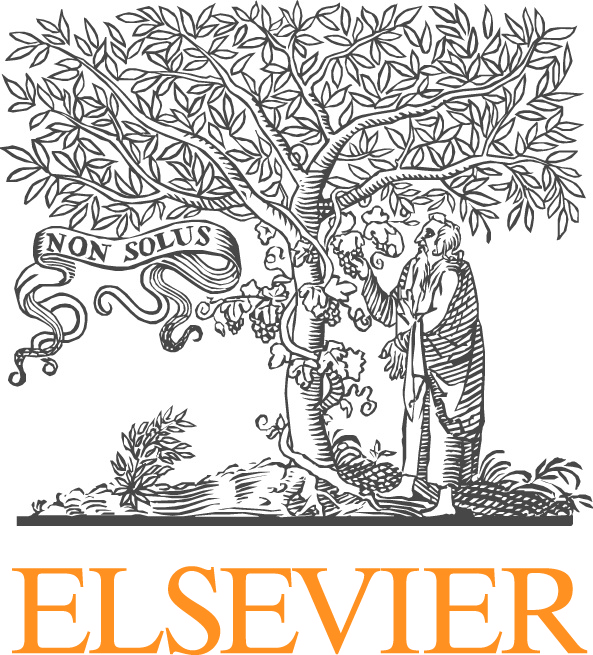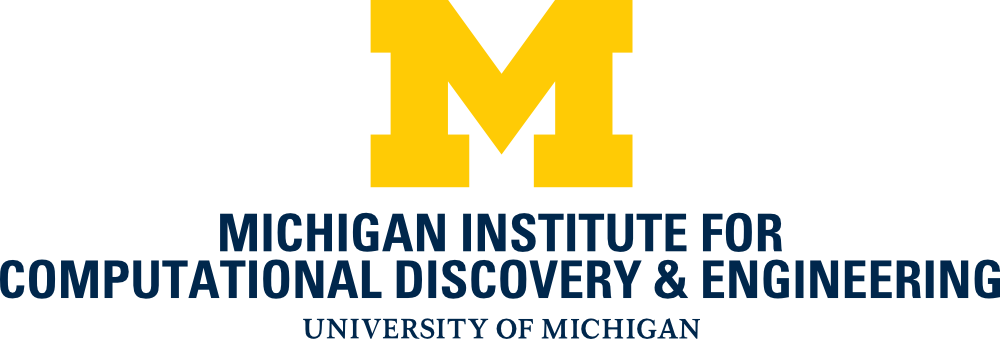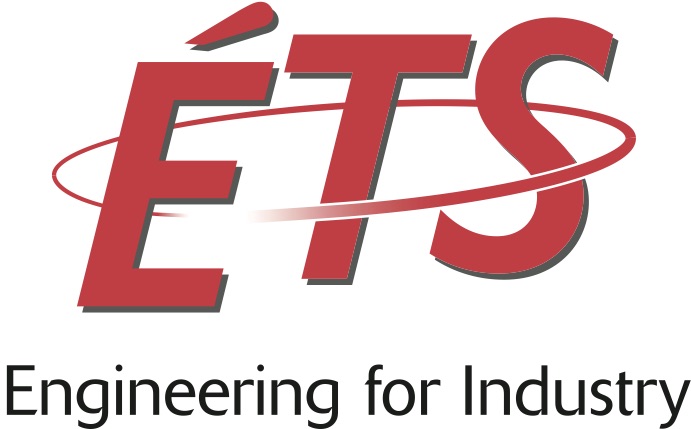Hybrid and Multi-Physics Simulations with Applications
Esteban Rougier, Los Alamos National Laboratory
Zhou Lei, Los Alamos National Laboratory
Earl Knight, Los Alamos National Laboratory
Antonio Munjiza, TetCognition LTD
The introduction of digital computing enabled researchers to solve the constitutive laws of continuum mechanics in combination with the laws of conservation of mass, energy, momentum, etc. Some of the most popular methods used for this purposes are the Finite Element Method (FEM), Finite Volume Methods (FVM), Finite Difference Methods (FDM), Boundary Element Methods (BEM), etc. These methods are applied to the simulation of solids, liquids and gases assuming that the media are continuum, thus Computational Mechanics of Continua.
In parallel to the Computational Mechanics of Continua, another branch of computational mechanics was developed based on the assumption of Discontinua where the behavior of systems mainly focused on interaction laws and do not follow the continuum assumption, thus Computational Mechanics of Discontinua. Some examples are: Discrete Element Method (DEM), Molecular Dynamics (MD), Material Point Method (MPM), Lattice Boltzmann Method (LBM), Smooth Particle Hydrodynamics (SPH), etc.
For decades researchers from different fields have been investing in combining different numerical methods with the aim of addressing more complex and elaborate physical processes, such as describing the transition from continuum to discontinuum (e.g. fracture processes) or describing the interaction between different phases of matter (e.g. hydrofracture processes). These gave rise to yet another kind of numerical methods called hybrid and/or multi-physics methods.
Recent advances in computational science and computer hardware have enhanced the development of this type of methods. Common examples are: Combined Finite-Discrete Element Method (FDEM), Hybrid Lattice Boltzmann-Finite Element Method, Lattice Boltzmann-Discrete Element Method, etc.
In this session the focus will be on both the development of and applications using hybrid methods; challenges presented by hybrid and multi-physics methods under the umbrella of the combined finite-discrete element methods and other hybrid methods.
Areas of interest include, but are not limited to, algorithms and novel solutions for:
- Coupling of FEM and DEM simulations
- Coupling of FEM and/or DEM with computational fluid dynamics solvers
- Coupling of different solvers of continuum mechanics, e.g. coupling of FEM-FVM.
- Coupling of continuum mechanics and discontinuum mechanics solvers, e.g. coupling of: FEM-DEM, FEM-MPM, FEM-LBM, FEM-SPH, and so on.
- Coupling of solid mechanics and fluid mechanics solvers, e.g. coupling of: FEM-LBM, FEM-FVM, FEM-SPH, and so on.
- Coupling of different discontinuum mechanics solvers, e.g. coupling of: DEM-SPH, DEM-LBM, and so on.
- Coupling of solvers for different scales, e.g. coupling of FEM-DEM.







